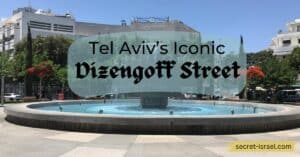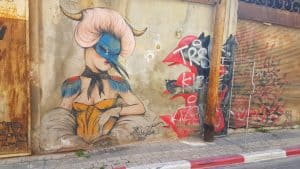Tel Aviv’s streets are a reflection of its long, complex, and fascinating history. From early Hebrew names like Shuk Ha’Shemesh (Sun Market) to British-named ones such as Rothschild Boulevard, Tel Aviv’s street names tell the story of its political and cultural evolution over time.
Today, streets like Ben-Gurion Avenue and Lehi Street honor their past while modern names like Rabin Road commemorate more recent events, reflecting the city’s diversity and embracing of foreign influences.
Welcome to a journey through the history of Tel Aviv, as revealed in its street names! From the early days of Jewish settlement to the diverse and vibrant city, it is today, Tel Aviv’s streets tell stories about its past.
In this blog, we will explore how Tel Aviv’s street names reflect its cultural and religious diversity, the role of politics in its street names, and how Tel Aviv’s street names have evolved over time. So join us as we trace the history of Tel Aviv through its street names!
The Origins of Tel Aviv’s Street Names
Tel Aviv has a long, complex, and fascinating history that can be traced through its street names. The original names of the city’s streets, which date back to the late 19th century, were mostly Hebrew words.
However, by the early 20th century a few had been replaced with foreign and primarily British names. One of the first examples of this was Rothschild Boulevard, named after Baron Edmund de Rothschild, who was instrumental in the founding of Tel Aviv.
The replacement of these Hebrew-named streets continued into the 1930s when many were changed to classical Arabic names or Transjordanian place names. These new street names celebrated newly acquired Jewish settlements in then British-controlled Palestine.
After 1947, following Israel’s independence from British rule and the enforcement of Israeli law in areas within its borders, many new annexations and townships began to appear all over Tel Aviv.
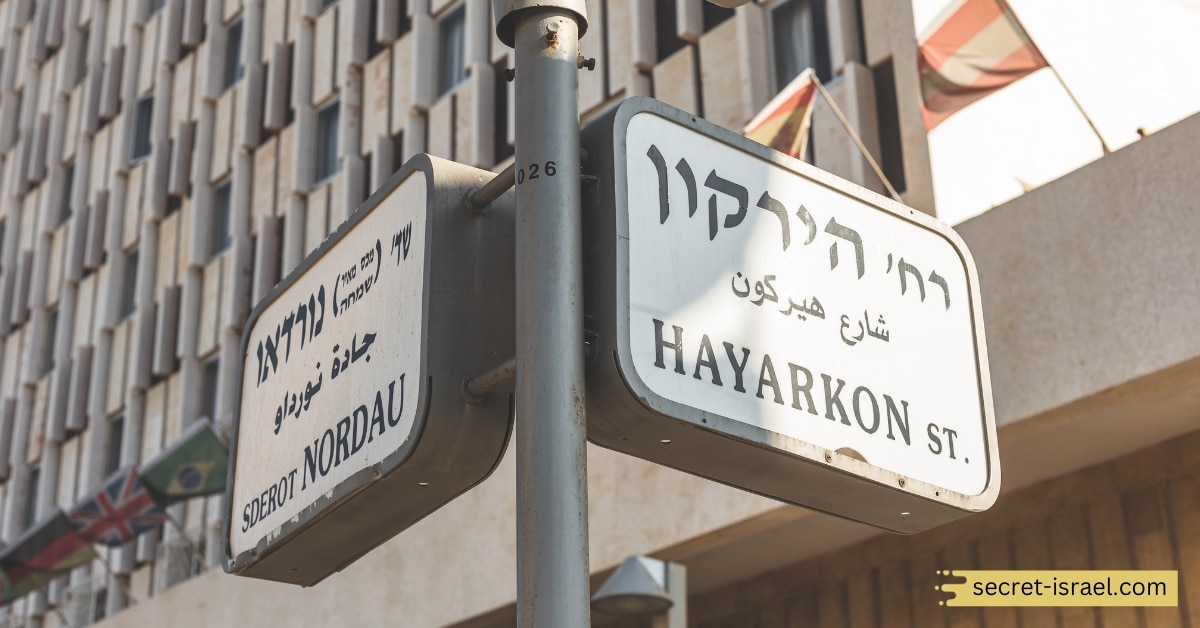
As a result, it was necessary to add more streets to accommodate their growth and so more street name changes occurred: some remained Hebrew while others became named after figures such as Sir Charles Clore, an English businessman who donated large amounts of money towards public works in Tel Aviv.
Today there are still many Israeli-inspired street names that have been kept intact throughout time; however, there are also plenty that reflects other influences such as European nations and cultures as well as Jewish historical places around the world.
Tracing the origins of these various street names reveals much about the history of Tel Aviv itself and serves as a reminder that this ancient city has always been one steeped in culture and tradition.
A City of Great Historical Significance
Tel Aviv is a city of tremendous historical significance and its street names are just one way this is reflected.
From the naming of Biblical figures like Abraham and Avraham to the commemoration of successive waves of immigration, each street name reveals a piece of Tel Aviv’s unique past. The streets tell the tale of religious forefathers and spiritual leaders, warriors, revolutionaries, and statesmen all coming together to create a powerful story about the formation of modern-day Israel.
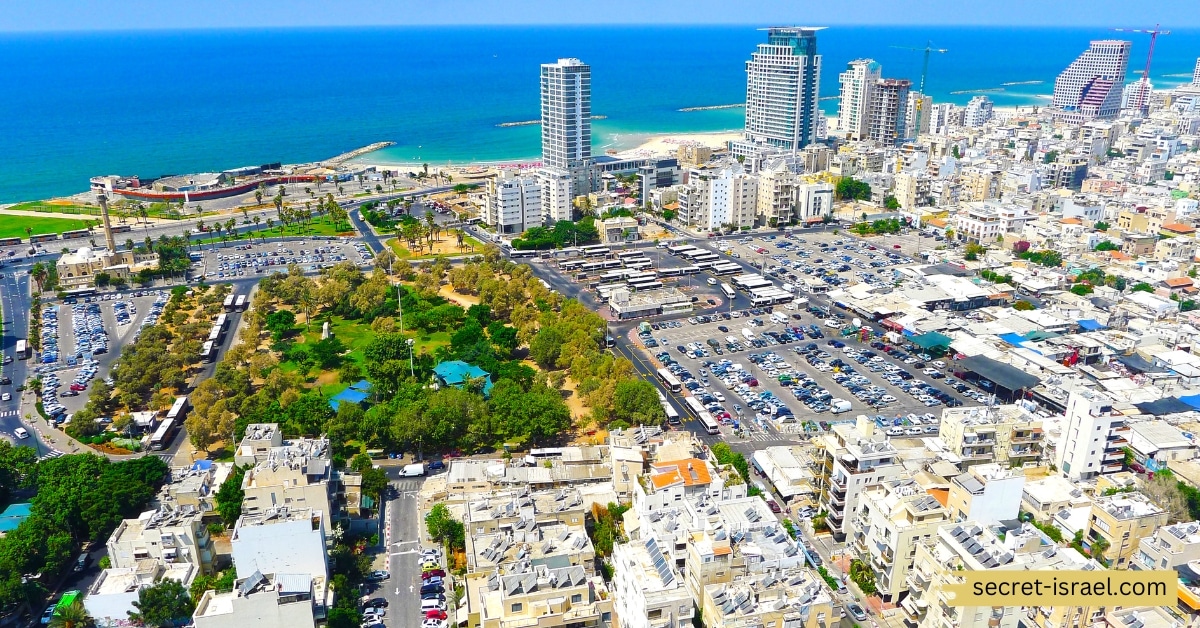
More recently, names like Wadi Salib in remembrance of a historic Arab-Jewish clash, Homat Shmuel in honor of a heroic Jewish policeman killed during World War II, and Yitzhak Sadeh Street for influential military leader Yoav Almog have been added to the list – each one marking an essential period or moment in time that still resonates today.
Tel Aviv’s street names bring us back to moments spanning centuries ago and remind us that we can all benefit from showing respect to those who’ve come before us – whether it’s through celebrating their culture or honoring their achievements.
How Tel Aviv’s Street Names Reflect Its Cultural and Religious Diversity
The streets of Tel Aviv tell a story about the city’s rich and vibrant history. From the earliest fish markets and sun markets to the classical Arabic and Transjordanian place names of the 1930s, alluding to newly acquired Jewish settlements, Tel Aviv has always been a place of cultural and religious diversity.
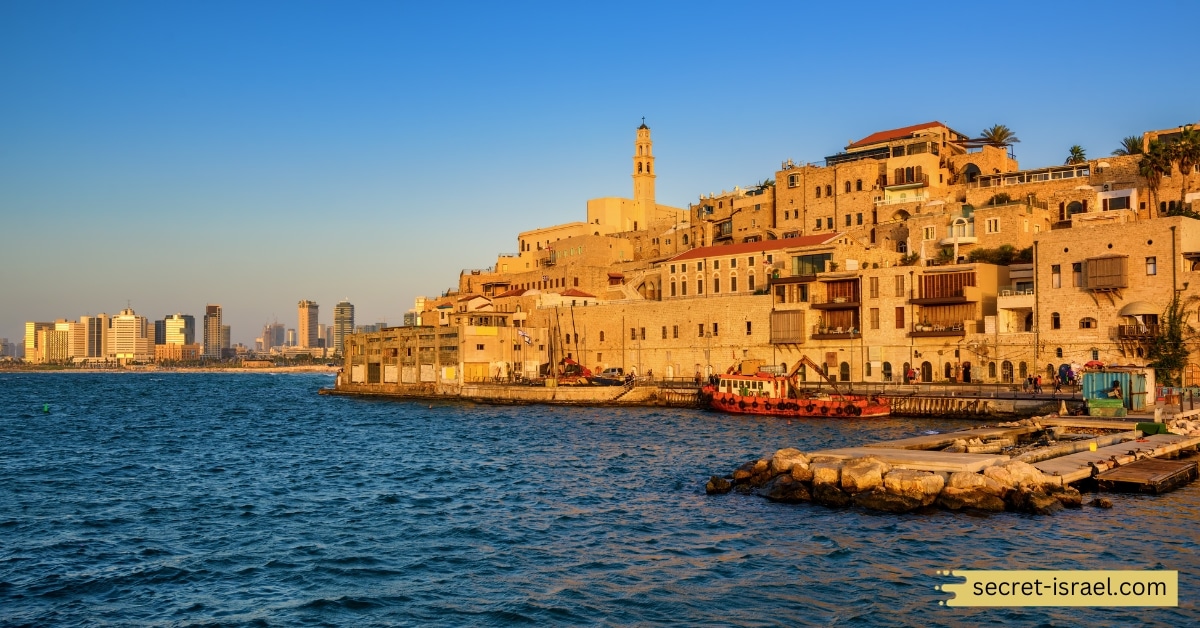
This is evident in its modern street names as well: such as Allenby Street, named after British Field Marshal Edmund Allenby who played a major role in establishing the state of Israel. Or Ben-Gurion Street, which pays homage to Israel’s first Prime Minister David Ben-Gurion. There is also Herzl Avenue after Zionist leader Theodor Herzl whose ideas and ideologies were instrumental in establishing the state.
The diversity of Tel Aviv’s street names reflects not only its past but also its present: there are many that still bear their original Hebrew titles from centuries ago alongside streets with English, French, Italian, and Middle Eastern influences – all part of today’s vibrant city life. This mix of cultures serves as an important reminder that Tel Aviv is full of stories waiting to be told.
The Role of Politics in Tel Aviv’s Street Names
Through its street names, Tel Aviv tells the story of its political and cultural evolution.
Early streets like Shuk Ha’Shemesh (Sun Market) and Yafa Lakhish (Fish Village), named after nearby plants and animals, reflect its origins as a small fishing village. In the late 19th century, that changed when Hebrew-named streets were replaced by British-named ones such as Rothschild Boulevard in honor of Baron Edmond de Rothschild – an important figure who funded Jewish settlements in Palestine.

Following Israeli independence in 1947 and the subsequent annexation of townships across Tel Aviv, more changes were made to accommodate their growth. Many of these new street names reflected foreign influences from different nations across Europe, but some also celebrated newly acquired Jewish settlements such as Allenby Street or Herzl Avenue after Zionist leader Theodor Herzl.
Today’s Tel Aviv is filled with reminders of its historic past: through its politically charged street names that reflect certain moments in history or inspiring figures who helped shape the culture and politics of this vibrant city.
The Evolution of Tel Aviv’s Street Names in Modern Times
In recent decades, Tel Aviv’s street names have undergone a transformation to reflect the diverse cultures and political movements of modern times.
Beginning in the 1980s, new names honoring significant people or events began to appear throughout Tel Aviv. For example, Nordau Boulevard was named after early Zionist thinker Max Nordau while Begin Boulevard was renamed in honor of former Prime Minister Menachem Begin.
Today, streets such as Ben-Gurion Avenue pay homage to Israel’s first Prime Minister David Ben-Gurion and Lehi Street celebrates the pre-state militia that operated during World War II.
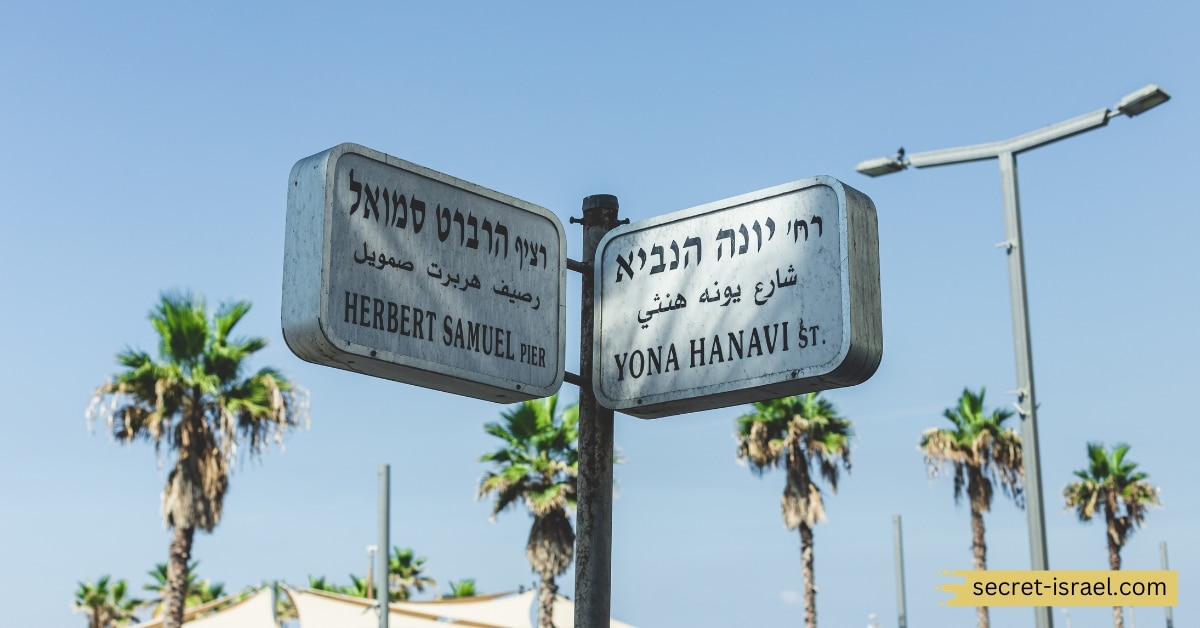
The list goes on: from Yeruham Street for late Labor leader Yitzhak Yeruham to Rabin Road for assassinated Prime Minister Yitzhak Rabin. All important examples of how Tel Aviv is commemorating its modern history are through street names.
Tel Aviv’s collection of street signs gives us a glimpse into its colorful past, present and future: its mix of Hebrew, English, and foreign titles send a message loud and clear that this city embraces diversity in every sense.
In conclusion
The street names of Tel Aviv tell a story about the city’s history and culture, from its humble beginnings as a fishing village to today’s vibrant metropolis. It is this diversity that makes Tel Aviv such an incredibly special place.
Its street names are a reminder of the political movements, inspiring figures, and foreign influences from all over the world that have shaped this unique city. So take a stroll through the streets of Tel Aviv, and you might just be able to trace the entire history of this ancient yet ever-evolving city!

